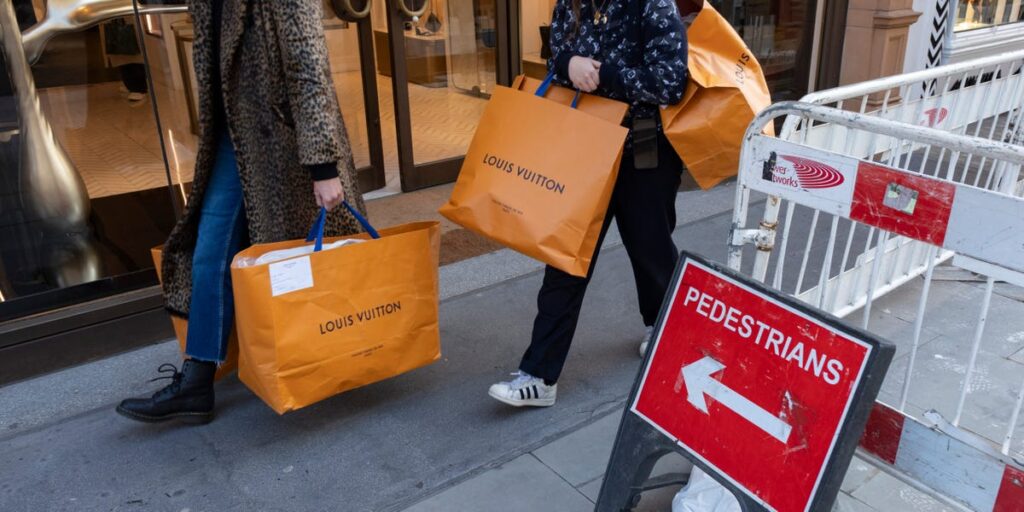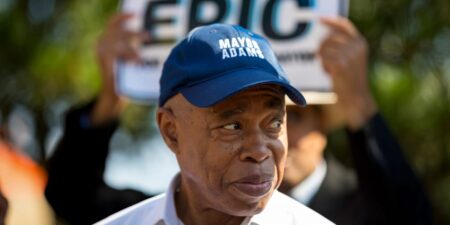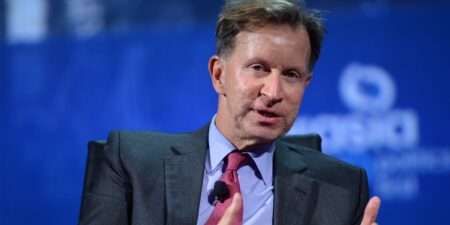Rich Americans may not be able to power the economy through a slowdown after all.
A lot of economic punditry recently has been focused on high earners as a pillar of continued consumer strength, with their robust spending helping to prop up economic growth.
But there are a few reasons why that might not be true, analysts at BCA Research said, particularly when surveying other signs of weakness in the economy,
The firm pointed to the slowdown in hiring as a particular area of weakness.
BCA thinks job gains in the economy are now approaching “stall speed,” a level that suggests a slowdown in job creation could lead to a broader economic slowdown.
“‘Now that the top 10% of earners account for 50% of consumption, do nonfarm payrolls matter less than they used to? If stocks keep rising, boosting high-end households’ wealth and confidence, can they spend enough to carry the economy through a soft patch in the labor market?’ Our answer is a carefully considered ‘no,'” they said.
Here are the reasons BCA isn’t counting on top earners to keep the US economy afloat.
1. High earners don’t account for as much of spending as some think
Data from the Fed’s Survey of Consumer Finances suggests that the top 10% of earners make up around half of all household income in the US, but that doesn’t directly translate into spending, according to BCA’s analysis.
The top 20% of earners in the US have accounted for around 37%-39% of all spending over the last forty years, per BCA’s calculations based on Labor Department data.
“It’s a considerable leap from the top quintile punching above its weight by a roughly two-to-one margin to the top decile consuming five times its income share,” strategists wrote of the discrepancy.
2. High-earners are also high-savers
High-earning households accounting for a smaller share of spending appears to be partly driven by the fact that they tend to save more aggressively.
The top 10% of earners in the US saved a proportionately larger share of their income on average in 2023, Labor Department data shows. The bottom 40% of earners, meanwhile, had a negative savings rate.
3. The wealthy pay large capital gains taxes
Many high-earning households, whose wealth is distributed across stocks and other assets, also pay tax on realized gains. BCA suggested that’s another reason their share of total spending may be smaller than some think.
“The link between rising stock prices and high-end households spending is intuitively appealing, but it’s challenged by IRS data on capital gains taxes,” the strategists wrote.
“The widely shared conviction that spending by high-end households will overcome labor market weakness is too optimistic,” the firm added, later stating that it believes the risk of a recession is elevated.
Most forecasters on Wall Street don’t expect the economy to slip into a recession this year, but cracks are beginning to show in key areas.
The US added 22,000 jobs in August, far fewer than economists had expected. Job growth for the last two months was also revised downward, while the unemployment rate edged higher.
Consumer spending, though, has held relatively steady, with personal consumption expenditures picking up the pace slightly to 0.6% in August, according to the Commerce Department.
Read the full article here
















